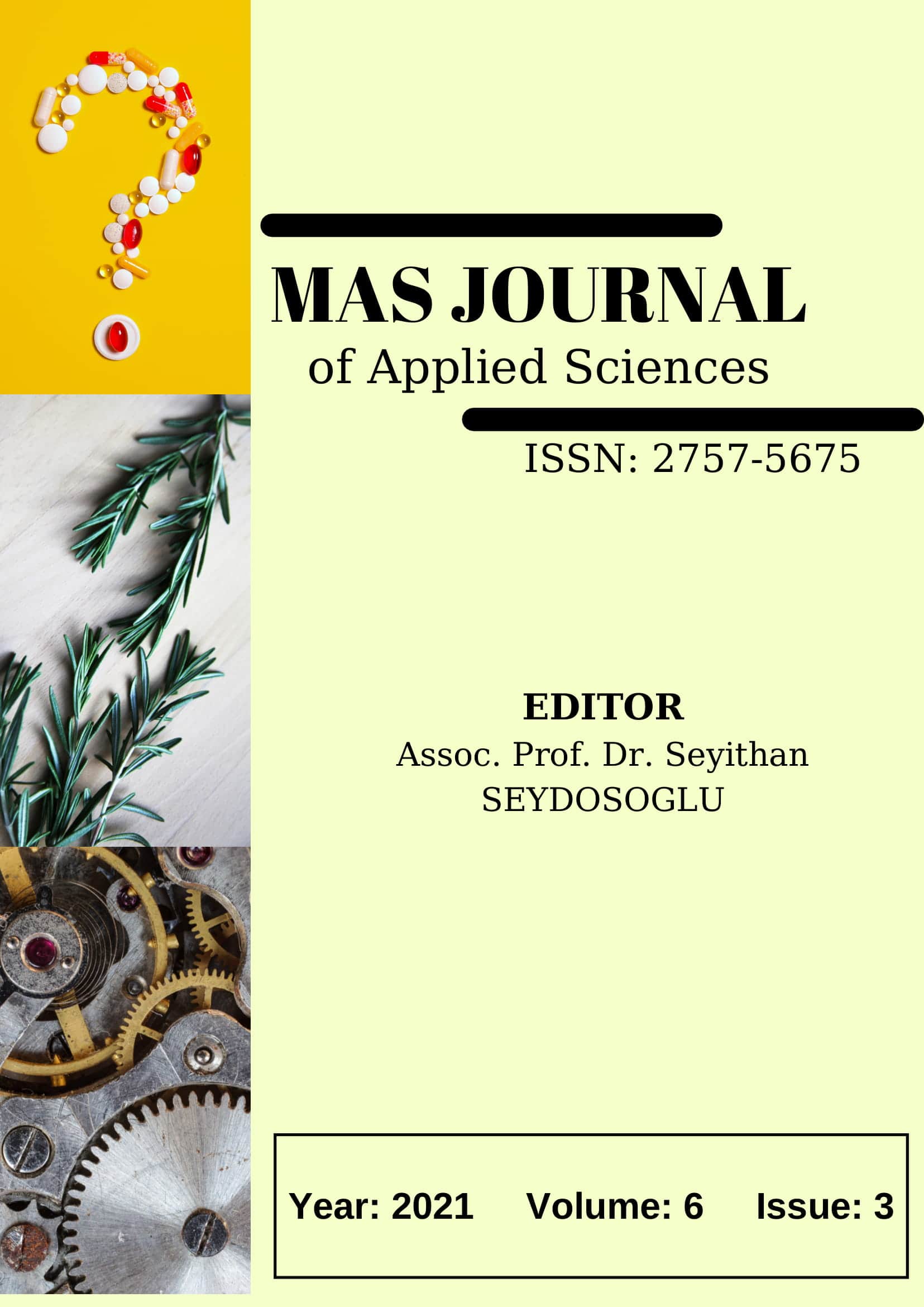Effects of Different Growing Media on Nutrient Content of Some Bulbous Ornamental Plants (Hyacinthus orientalis 'Pink Pearl', Muscari armeniacum, Narcissus 'Mount Hood' and Tulipa gesneriana 'Golden Apeldoorm')
DOI:
https://doi.org/10.52520/masjaps.95Keywords:
Bulbous ornamental plant, nutrient element, solid growing media, water cultureAbstract
Soilless farming practices are gaining currency in every field of today's agriculture. Therefore, in the cultivation of many ornamental plant species, different growing environments other than soil are tried. In this study, the effects of different growing media on the nutrient content of hyacinth (Hyacinthus orientalis 'Pink Pearl'), muscari (Muscari armeniacum), daffodil (Narcissus 'Mount Hood') and tulip (Tulipa gesneriana 'Golden Apeldoorm') plants were investigated. The study was carried out in a randomized factorial design with 3 replications. Peat, perlite, vermiculite and water culture were used as plant growing media. and ½ strength Hoagland nutrient solution was applied to all growing media. Potassium (K), calcium (Ca), magnesium (Mg), iron (Fe), zinc (Zn), copper (Cu) and manganese (Mn) contents were determined in the plant samples harvested at the end of the experiment. When the averages of nutrients obtained in terms of growing media are examined; it was observed that the contents of K (2.73%), Mg (2.62%), Fe (87.2 mg kg-1) and Cu (56.24 mg kg-1) reached the highest values in the peat growing medium. While Zn reached the highest value with 39.84 mg kg-1 in perlite growing medium; The highest Ca (4.26%) and Mn (35.97 mg kg-1) contents were determined in vermiculite growing medium and water culture, respectively. When examined in terms of plant species, the highest K (3.05%) and Zn (47.11 mg kg-1) values were obtained in hyacinth; Ca (4.49%), Mg (2.73%), Fe (97.5 mg kg-1), Mn (43.58 mg kg-1) and Cu (45.74 mg kg-1) contents were determined in muscari plant.
Downloads
Published
How to Cite
Issue
Section
License
Copyright (c) 2021 The copyright of the published article belongs to its author.

This work is licensed under a Creative Commons Attribution-NonCommercial 4.0 International License.


